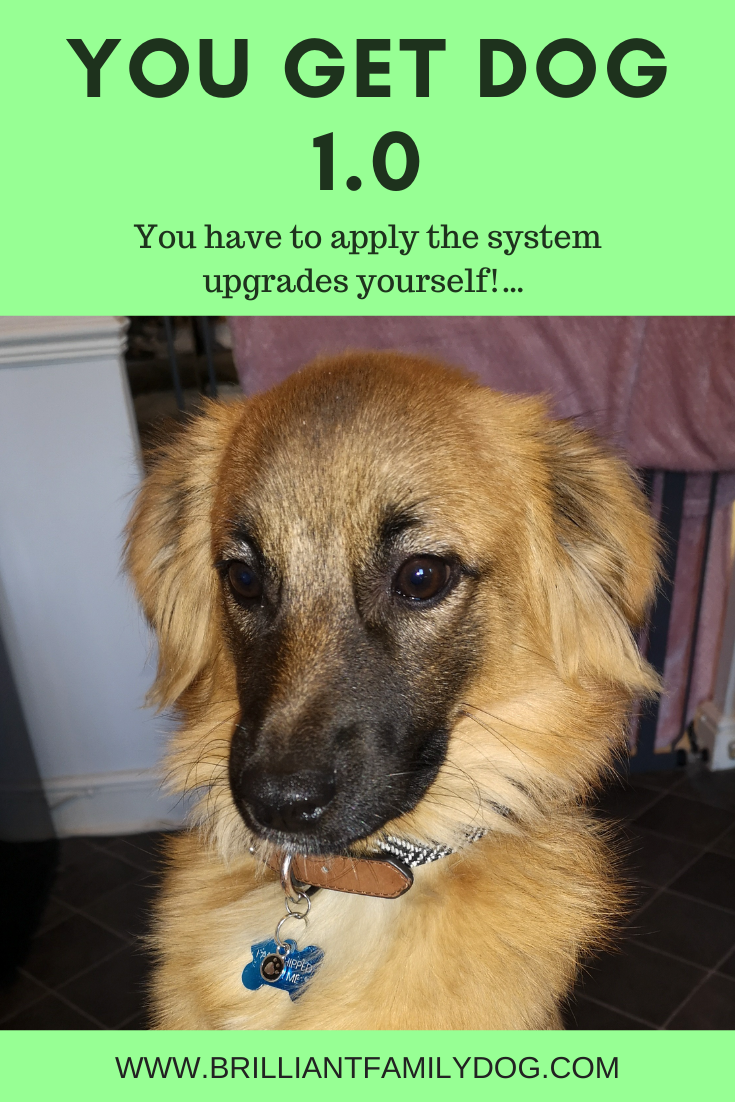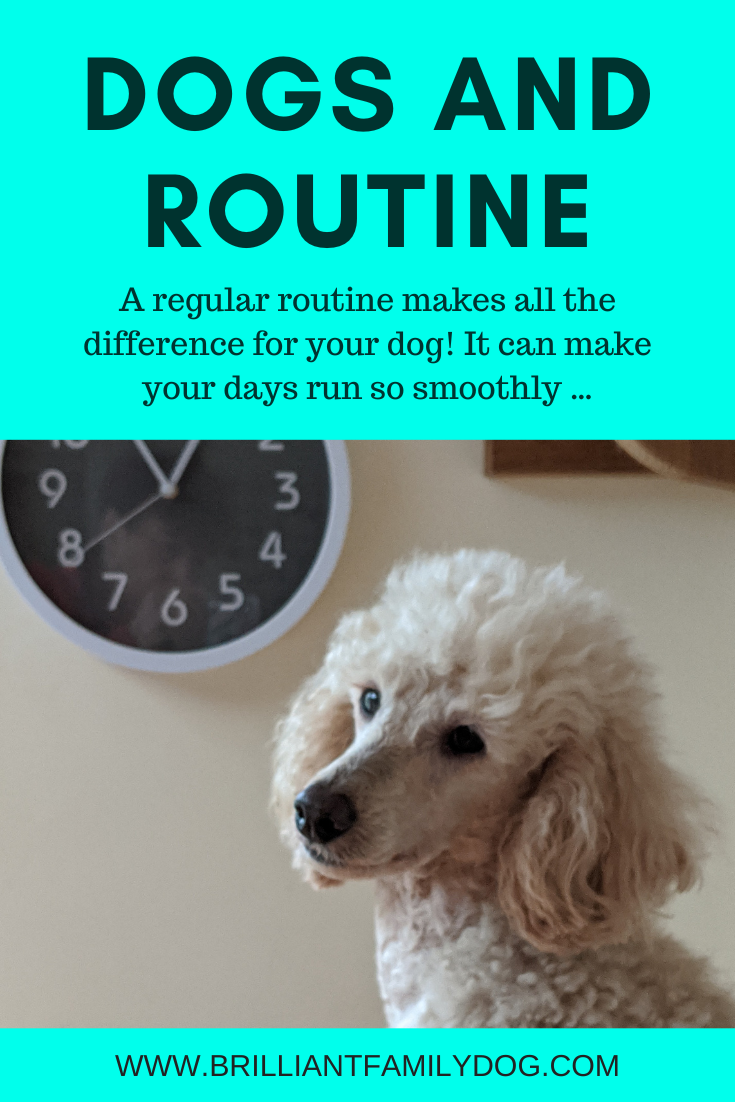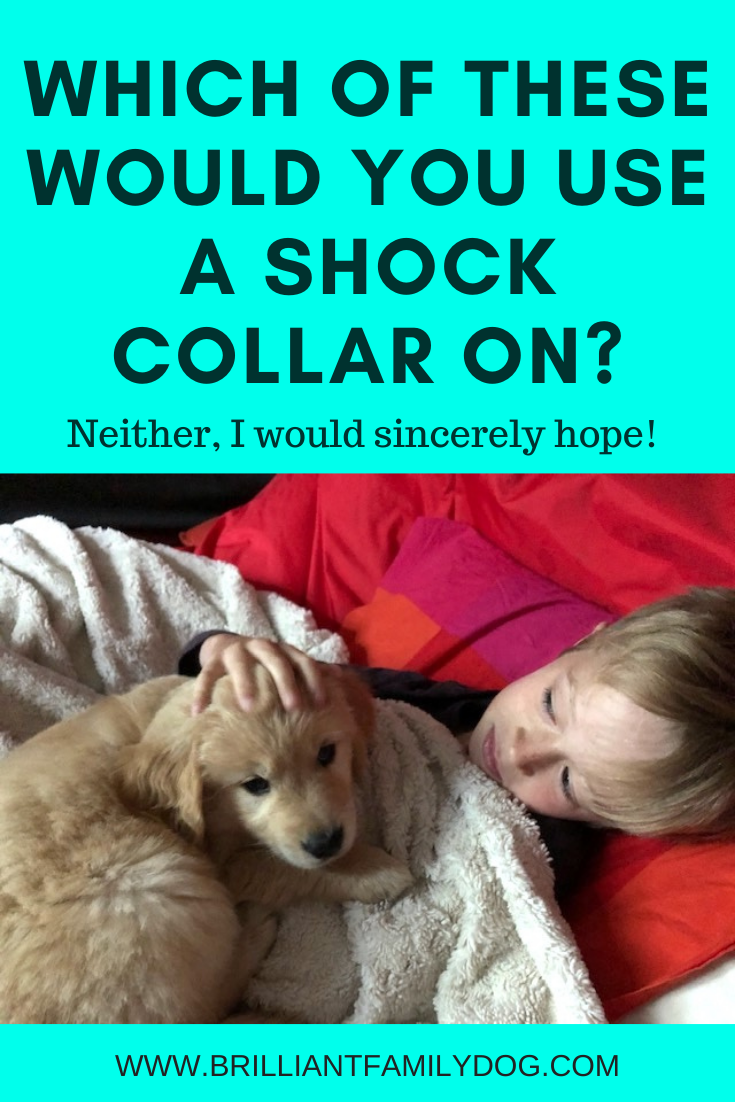Sometimes this response is totally misunderstood by the owner, who says, “He drags me towards every dog because he wants to play”.
In a later chapter we’ll be looking in detail at Dog Body Language. It’s possible you are not recognising some of the things your dog is telling you! It will be much clearer when you’ve learnt his sophisticated method of communication.
“Dogs do what works”
I will be saying this over and over again. Your dog doesn’t have a secret agenda to terrify the neighbourhood; she has no wish to fight with every dog she sees. All she wants is for the thing that’s coming at her to go away. And she’s discovered that her fear reaction of barking and prancing often works. So that’s what she’ll keep doing.
Until ... we show her another way to get the same result! Without anxiety, distress, and disarray.
Your dog is not aggressive, nasty, vicious - any of the names that passers-by may give her. She’s just afraid.
If this comes as a surprise to you, have a look at other aspects of your dog - around the house for instance. Does she jump at loud bangs? Does she bark at visitors? Is she deeply suspicious of any new object in her environment, creeping up slowly to inspect it on tippy-toes with outstretched neck? Does she get distressed when she’s left alone? Is it hard to brush her, or trim her feet?
All these can also be indicators of an anxious dog who is more likely to react to strange dogs, people, or things, when out.
And keep in mind that your dog can be afraid of anything at all. While many reactive dogs are reactive to other dogs, there are plenty who are just fine with other dogs, but terrified of traffic, or tractors, or people, or children ...
But my dog’s friendly!
Another reason some dogs become reactive is frustration. They may really want to meet every dog or person in the world and expect a good outcome. This may work when they’re off-lead and able to get away (more about that later on), but it may also come apart quite quickly when the other dog doesn’t welcome the intrusion, or is much bigger and bolder than your dog first thought.
Off-lead this can result in a panic response where your dog snaps and barks before running away. There is scope for this to go badly wrong, if the other dog joins in the fray. On-lead the frustration grows very quickly, as the dog does not have the freedom to do what he wants, and little impulse control to deal with these feelings. So he barks and lunges towards the other dog.
The symptoms are the same as for the fear-barker - though the underlying cause is slightly different. This dog’s actions are often misunderstood by his owner, who fears they have an aggressive dog.
The frustrated dog may have poor social skills, racing up to a strange dog and hurling himself in their face, or on top of them. Imagine someone doing that to you in the street: you’d have a thing or two to say, I’m sure!
He may be stuck in puppyhood, thinking that racing up to every dog is ok. This dog needs to learn manners, just as our children do. We wouldn’t accept behaviour from a teenager or adult that we’d accept from a three-year-old child. It would be most inappropriate. And yet many owners think it’s ok that their dog should jump up at every dog they see, just because they think he’s friendly.
Jekyll on-lead, hyde off-lead?
I find a lot of people saying to me that their dog is only reactive on-lead, and that off-lead “he’s fine!”
I can only say that I’ve never seen a dog-reactive dog who is “fine” off-lead.
A little study of dog body language will reveal a lot of signs of discomfort in this dog. The only advantage of being off-lead is that the dog can get away before things get out of hand. And because this is not possible when he’s on-lead, we get the “fight or flight” result: b-a-r-k-i-n-g.”
It’s hard to do this alone - but you don’t have to! You can choose to work directly with me and my team of highly-qualified trainers. Start with the free Masterclass for Growly Dogs here















